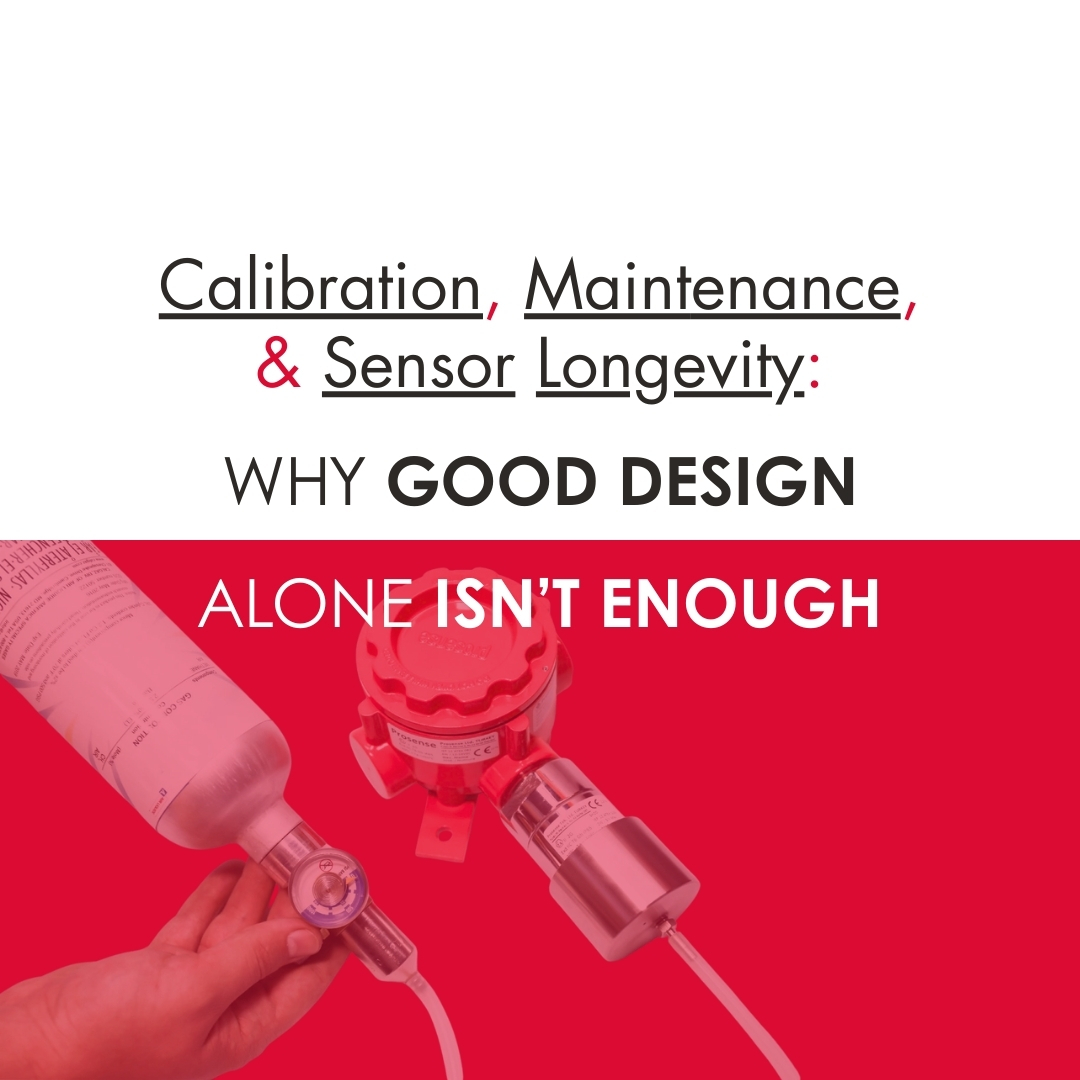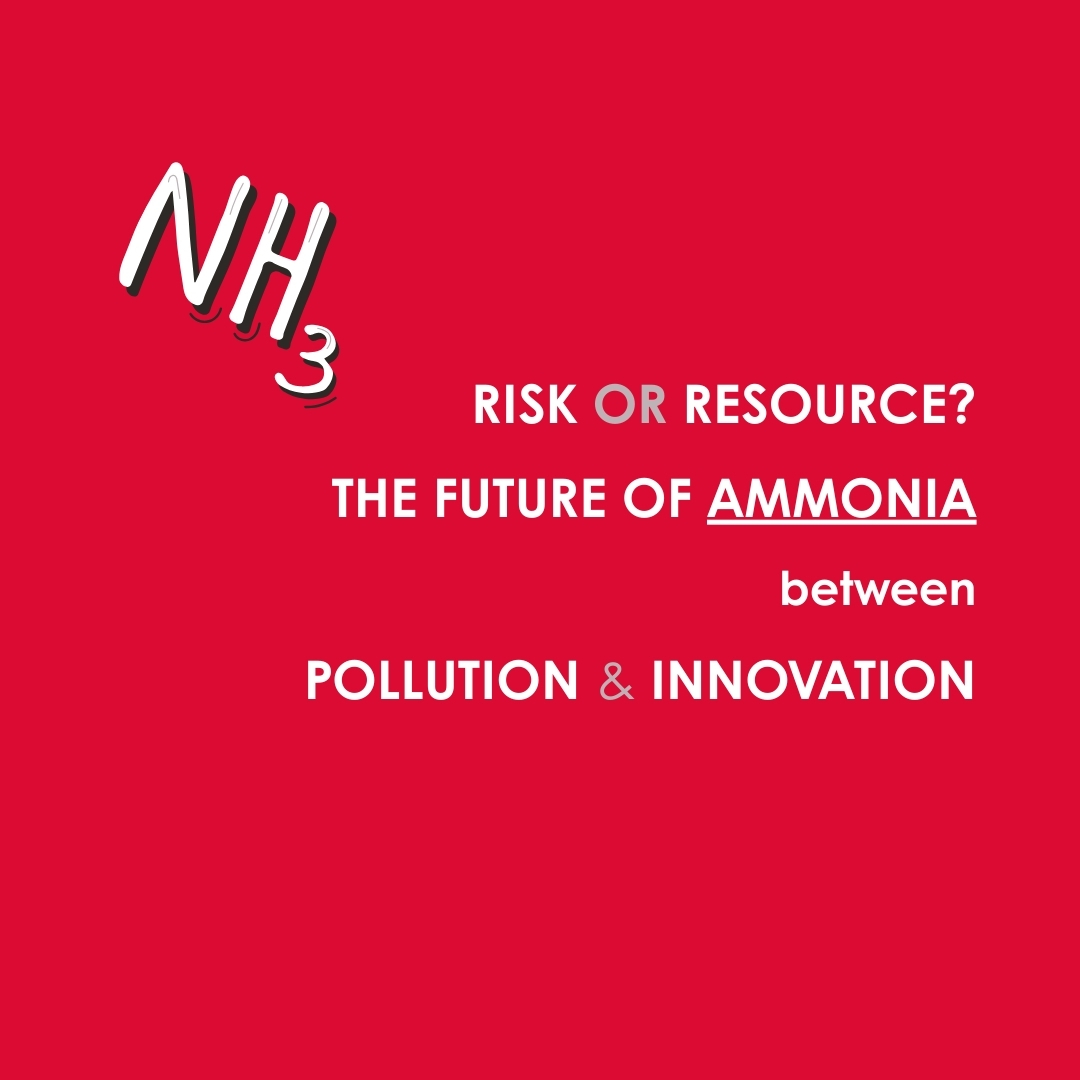Where do you normally find radon:
Radon is a dense gas (about 7.5 times denser than air) and tends to accumulate at or near ground level. Here's a breakdown of radon distribution:
-
At ground Level: Radon is most prevalent near the ground because it originates from uranium decay in soil and rocks. It accumulates in basements, cellars, and underground spaces, especially in poorly ventilated areas.
-
Inside buildings: Radon levels are typically higher in lower floors (basement, ground floor) compared to upper floors, due to the proximity to the ground and limited air circulation. Radon can enter homes through foundations, cracks along pipes, doors, windows, chimneys, inspection pits, and joints between walls. Construction materials like tuff, granite, volcanic stone, and pozzolanic cement may also release radon. The water supply system can facilitate radon entry into buildings.
-
Outdoor: In outdoor spaces, radon disperses quickly, and its concentration is generally too low to pose significant risks.
Health risks for humans:
Cancer risk: Radon is the second leading cause of lung cancer after smoking. Inhalation of radon and its decay products damages lung cells, increasing cancer risk, especially in confined spaces where radon accumulates. The World Health Organization (WHO) classifies radon as a Group 1 carcinogen, meaning there is enough scientific evidence to support its cancer-causing potential.
Health risks for animals:
Exposure in domestic and rural settings: animals, especially those in confined spaces like barns or homes, may also be exposed to radon. Though the health effects on animals are not as extensively studied as on humans, the same biological mechanisms that cause lung cancer in humans could affect animals as well.
The European Union recommends maintaining indoor radon levels below 300 Bq/m³. Exceeding this threshold requires mitigation measures to reduce radon concentrations.
Prevention and mitigation strategies:
-
Radon monitoring: using radon sensors integrated into wireless, autonomous environmental monitoring systems is crucial for detecting dangerous radon levels in indoor environments.
-
Structural measures: improving building ventilation, sealing foundation cracks, and installing depressurization systems are effective ways to reduce radon accumulation.
-
Raising awareness: increasing public awareness of radon risks, especially in regions with higher concentrations, is essential for prevention and mitigation.
How to monitor indoor Radon:
The best place where to position the Radon sensors indoor is usually at 0-1 meter above the ground in indoor environments, where radon tends to accumulate. In multi-story buildings, measurements are normally focused on basements and ground floors, as upper floors typically have lower concentrations.
European Radon map:
An interactive European Radon Map is available for monitoring radon levels across different regions. It provides valuable data on the concentrations of radon in various parts of Europe, assisting in the identification of high-risk areas.
Access the map here: European Radon Map.
Do you want to know more about the checkup radon measurement devices?
Contact us! info@check-up.it
 about us
about us
 method
method
 technologies
technologies
 careers
careers
 technological partners
technological partners
 strategic partnerships
strategic partnerships
 Innoitaly
Innoitaly
 Puricraft
Puricraft



